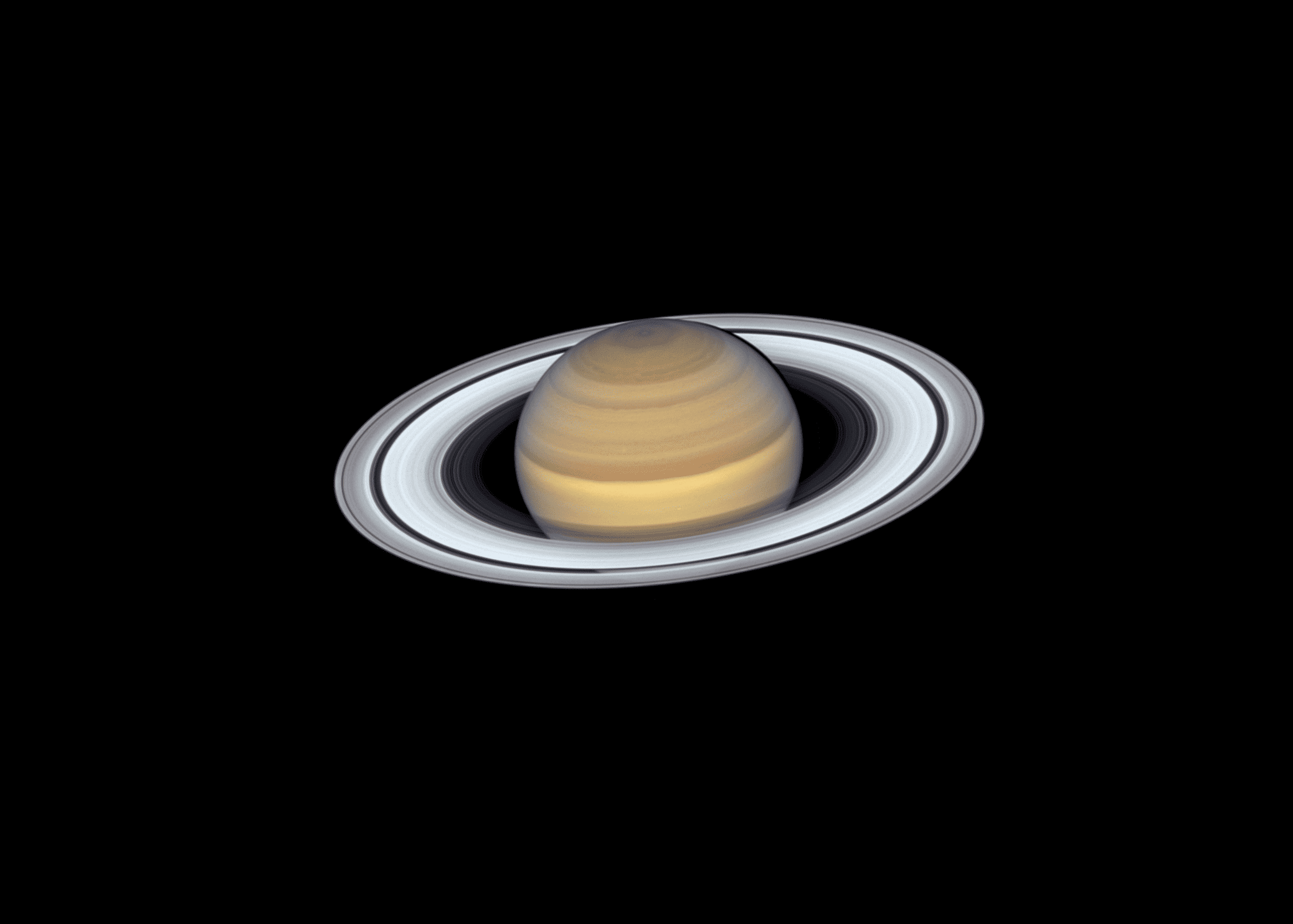Some information may be outdated.
One of the best times to explore Southeast Utah is at night: the region is renowned for stargazing, which is why the Canyon Country Discovery Center in Monticello hosts regular Dark Sky Discovery Nights. The next event is on August 13 and will explore the August Sturgeon Supermoon, Perseid meteor shower, and Saturn, with a specialized talk given by experts. The event is free to attend.
“It would seem a waste not to use the resource that we have—a lot of people aren’t aware of how light-polluted their skies are, but we live in a wonderful area with very easily attainable dark skies all around us,” said Ben Muhlestein, the ‘ed-venture’ manager for the Canyon Country Discovery Center. The center specializes in Colorado Plateau education through programs like this one, onsite exhibits, and classroom and adventure programs.
The event begins at 8:30 p.m. with a talk by Canyonlands National Park staff about the importance of water in space—the event is in conjunction with the “H2O Today” exhibit, in partnership with the Smithsonian and Utah Humanities, currently on display at the Discovery Center. Water ties the night together, Muhlestein said: the rings of Saturn are built with icy objects, and frozen water has been found in the shadowed craters at the Moon’s poles. Water is incredibly important for future space travel, Muhlestein said.
“We could potentially convert that water found in space not only into something that’s drinkable, but also fuel for our spaceships, or air to breathe,” he said. “And it’s cool to think of water as something not just on our planet—it’s everywhere.”
The talk will also include a discussion on the recent images captured by the James Webb Space Telescope, which show distant galaxies and nebulas.
After the talk, participants will get to look at Saturn, the moon, and the Perseid meteor shower for themselves through the Discovery Center’s telescopes. Saturn reaches opposition on August 14, when it’ll be both at its closest and highest point, relative to us, in the year. Since the planet will be closer than usual, this is the best time of year to view Saturn’s rings and moons.
The Perseid meteor shower is one of the most popular showers throughout the year. Every August, Earth passes through dense debris left behind by Comet Swift-Tuttle, which creates the Perseids. The comet orbits the Sun every 133 years: it passed by Earth in 1992, leaving behind ice, rocks, and dust. The shower won’t be as spectacular this year because of the full moon, but viewers can still expect to see 10 to 20 meteors—informally called shooting stars—per hour, according to NASA.
“We have a great opportunity to show not only the people who live here, but also the people passing through, what is above them,” Muhlestein said.
More information on the event and future Discovery Center programs can be found at www.ccdiscovery.org.
Appreciate the coverage? Help keep local news alive.
Chip in to support the Moab Sun News.





